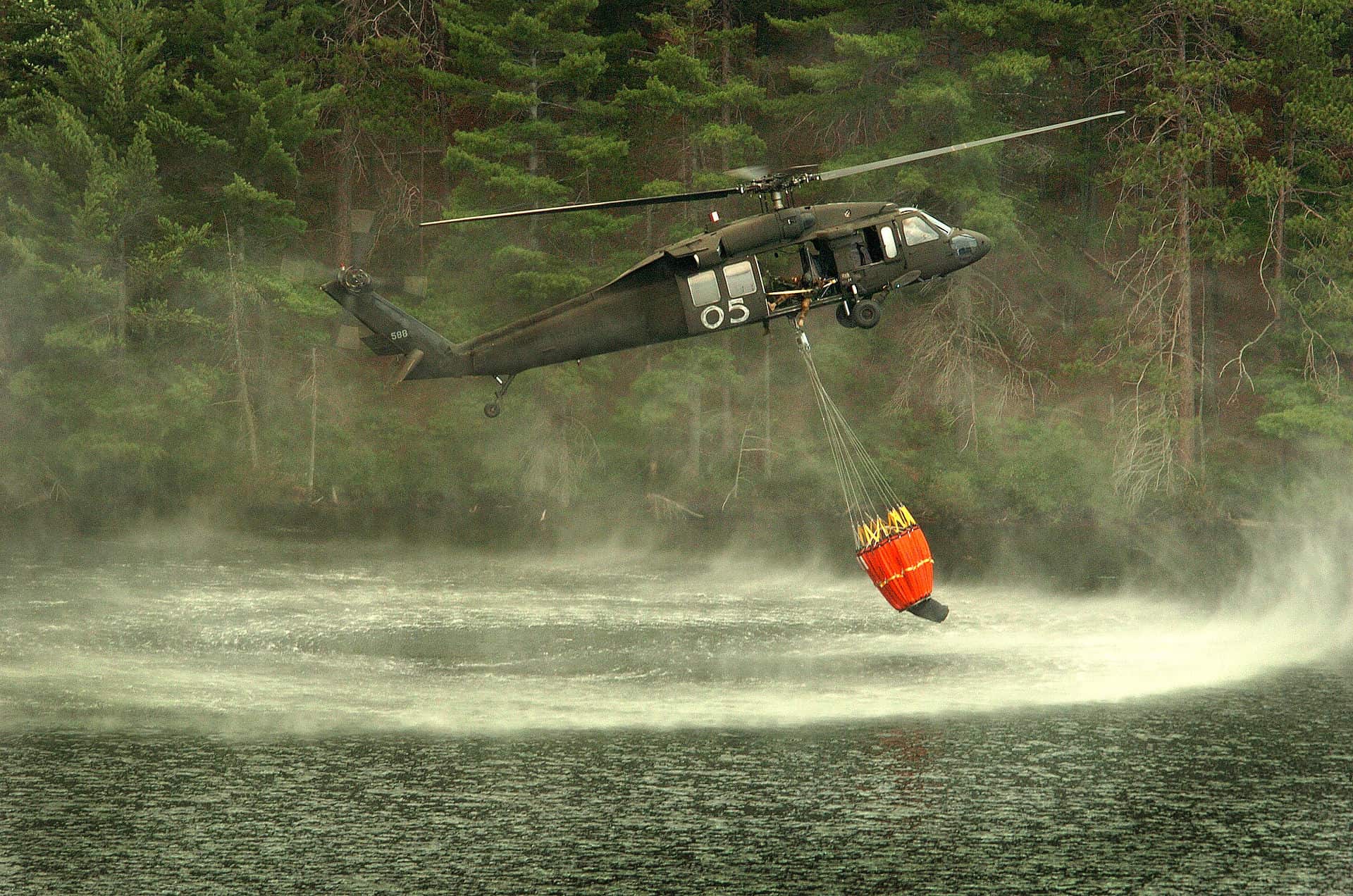
In the modern era, technical fabrics are revolutionizing countless industries, from automotive to aerospace, protective clothing to industrial equipment. Among these advanced materials, one stands out due to its superior strength and versatility: coated aramid fabric, commonly known by its trade name, Kevlar.
Coated aramid fabric combines aramid fibers’ remarkable strength and durability and the versatility of various coating materials. While highly effective, this innovative material has its challenges. This article will delve into the unique advantages and challenges of Kelvar and its best applications.
Exceptional Advantage: High Puncture Resistance
The primary advantage of kelvar is its high puncture resistance. Aramid fibers are five times stronger than steel on an equal-weight basis. This strength makes the coated aramid fabric incredibly hard to tear or puncture, surpassing the capabilities of many traditional materials.
When coated, these fabrics gain added resistance to elements like water, oil, and various chemicals, thereby extending their lifespan and functionality. The high puncture resistance makes coated aramid fabric perfect for applications where durability and longevity are paramount.
Key Challenge: Connecting Kevlar to Plastic
Despite its numerous advantages, working with coated aramid fabric presents some challenges. One significant challenge is connecting Kevlar to plastic. Due to its exceptional strength, aramid fibers can be difficult to bond with other materials, particularly plastics.
Solution providers must devise creative strategies and use specially designed adhesives or mechanical bonding methods to overcome this. It is a delicate process that requires expertise and precision to maintain the integrity and performance of the coated aramid fabric.
TALK TO A TECHNICAL TEXTILE EXPERT TODAY→
Best Applications of Coated Aramid Fabric
Given its high puncture resistance and durability, coated aramid fabric is ideally suited for a wide range of applications:
1. Coated Aramid Fabric and Protective Clothing
Coated aramid fabric is commonly used in the production of protective clothing. Its high puncture resistance and heat tolerance make it perfect for producing body armor, cut-resistant gloves, firefighting uniforms, and spacesuits.
2. Aerospace and Automotive Industries
In the aerospace and automotive industries, where strength-to-weight ratio is a key concern, Kelvar is often used. Its lightweight, high-strength characteristics make it ideal for producing parts that withstand high stress and impact.
3. Sports Equipment
Coated aramid fabric’s high tensile strength and puncture resistance make it a valuable material in sports equipment like racing sails, bicycle tires, and high-performance gear.
4. Industrial Applications
Coated aramid fabrics come into play in industries where equipment must withstand harsh conditions. These fabrics make heat-resistant and cut-resistant covers, conveyor belts, and high-pressure hoses.
5. Coated Aramid Fabric and Electronics
Kelvar is also used in the electronics industry due to its excellent thermal, chemical, and dimensional stability.
In conclusion, coated aramid fabric offers boundless possibilities across various industries with its unique combination of high puncture resistance and exceptional durability. While the challenge of connecting Kevlar to plastic exists, technical advancements and innovative solutions continue to widen its applicability. As we continue to explore and understand its full potential, the coated aramid fabric is set to redefine the future of material science and applications.
Share this Post



